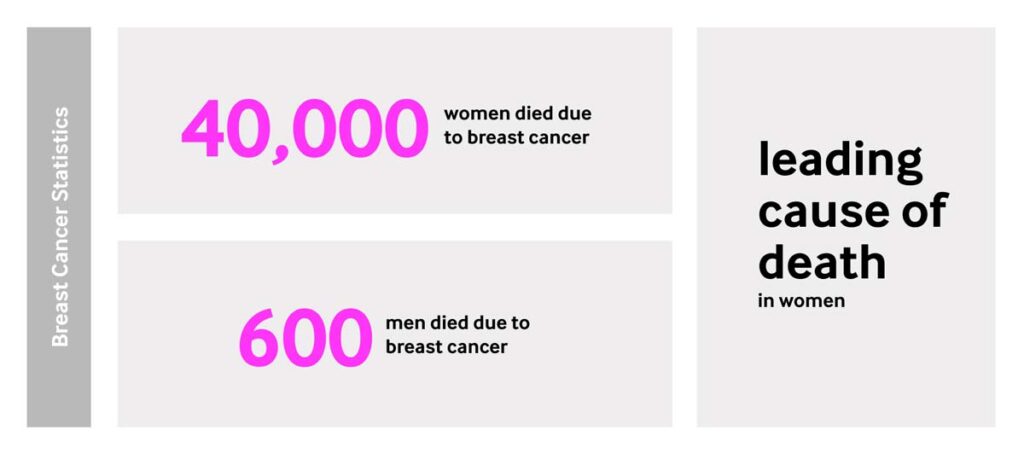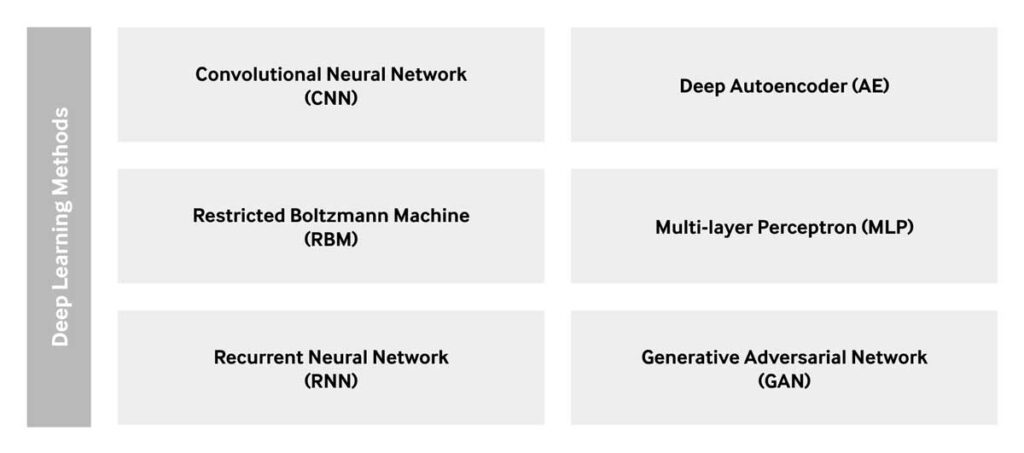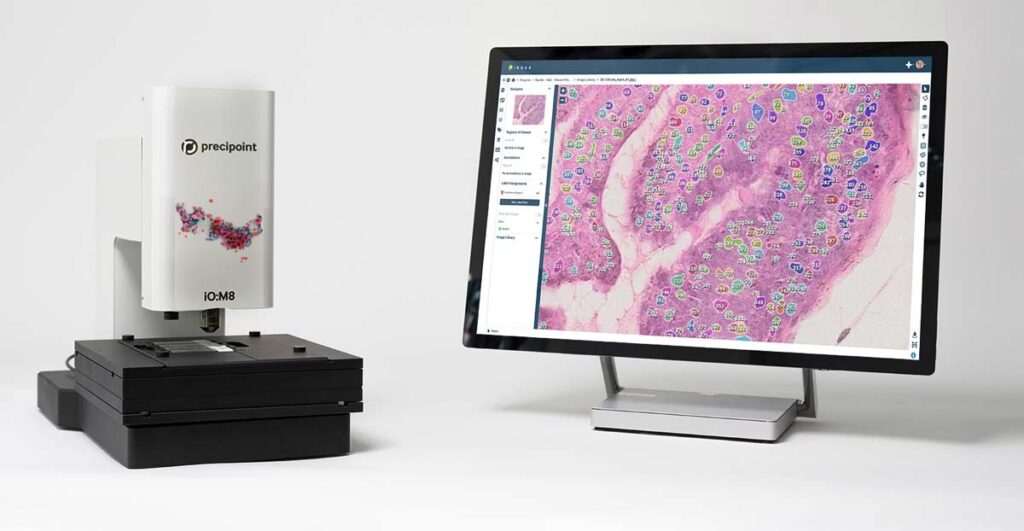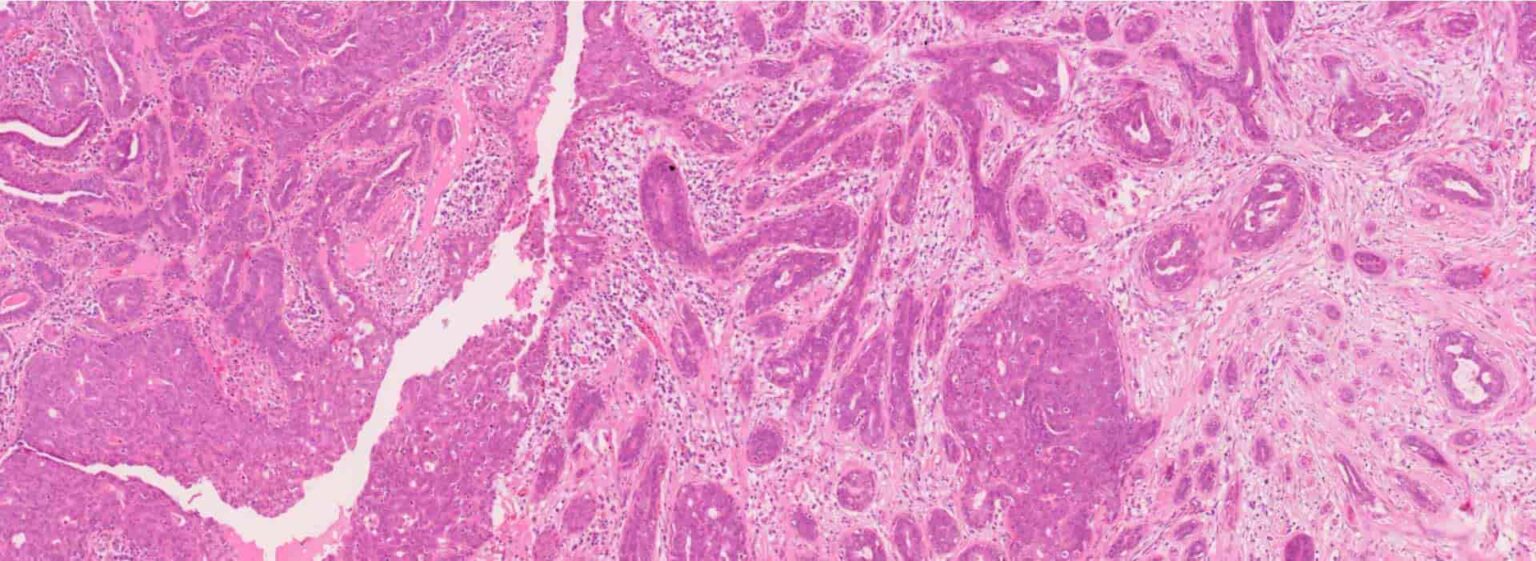Synopsis
Breast cancer is still one of the biggest challenges that health systems across the world face. Optimal cancer treatment heavily relies on the synergy of effective, accurate, and timely diagnosis. In this regard, digital pathology emerges as a powerful ally, offering invaluable assistance. Timely and precise diagnosis holds the key to significantly elevating the survival rates of patients, underlining the critical importance of early detection and intervention. Fortunately, today, with the evolution of deep learning techniques, the quality of diagnostics in the field of cancer, especially breast cancer treatment has increased. Breast Cancer Awareness Month is a time when the world unites to raise awareness and support those affected by breast cancer. Throughout this significant month, communities, organizations, and individuals come together to highlight the importance of early detection, treatment advancements, and ongoing research in the fight against this prevalent disease. Today we will focus on advancements in digital pathology and how deep learning techniques are helping in breast cancer diagnosis and treatment.
Breast Cancer Awareness Month
Every October, people all around the world show their support for everyone affected by breast cancer. Meaningful steps are taken to promote early recognition of its signs and symptoms. Regular self-examination is strongly recommended as an essential practice to detect any changes in the breasts. By touching and carefully observing for any abnormalities, individuals can take proactive steps in monitoring their breast health. The significance of checking for breast changes cannot be overstated. Shockingly, over a third of women overlook this crucial practice. Raising awareness about breast cancer, regardless of gender as it can hit men as well, is paramount to promoting early detection and better health outcomes.

Deep Learning in Managing Breast Cancer Disease
Breast cancer is one of the most precarious medical conditions that affects both women and men. In 2020, breast cancer affected 2.3 million women worldwide, leading to approximately 685,000 fatalities. As of the end of 2020, there were 7.8 million women alive who were diagnosed with breast cancer in the past 5 years, making it the world’s most prevalent cancer. Approximately 0.5-1% of breast cancers occur in men. The treatment of breast cancer in men follows the same principles of management as for women. A substantive cure has not yet been discovered, although digital pathology plays a significant role in the early detection of the disease and determining its nature. Within the realm of digital pathology, the advent of artificial intelligence (AI) and deep learning has opened the possibility for early detection and diagnosis and increased the chance of patient survival. Compared to classical machine learning techniques, deep learning techniques require less human intervention when it comes to similar feature extraction.
Schedule Your Personalized Experience Today
Discover the future of digital pathology and transform your workflow instantly. Book an online session for a customized experience.
Classifications of Breast Cancer
In women, breast cancer is the leading cause of death. Based on the recent findings of the American cancer society, over 40,000 women and about 600 men died due to breast cancer. There are four classifications of breast cancer: benign, normal, in situ carcinoma, and invasive carcinoma. Benign cancer poses no significant threat as it only causes minor alterations in the breast anatomy. In situ carcinoma exclusively impacts the mammary duct lobules and remains localized without spreading to other organs. This non-invasive type of cancer poses minimal harm and responds well to treatment when detected promptly. The most harmful type of carcinoma is invasive carcinoma. It has the potential to spread to other organs.

How Can You Detect Breast Cancer?
In recent years, breast cancer can be detected by various methods such as mammography, x-ray, ultrasound, portion emission tomography (PET), computed tomography, temperature measurement, and magnetic resonance imaging (MRI). By using digital pathology along with these methods, you can determine cancer in early stages and set up an accurate diagnosis. The advancements in digital pathology make this job faster and easier.
Role of Pathology
Usually, the golden standard for approaching breast cancer diagnosis is pathology. To maximize visibility, the extracted tissue is stained in the lab before being subjected to imaging analysis. The staining procedure frequently involves Hematoxylin and eosin. In most cases, histopathological image analysis and genomics can both be utilized to identify breast cancer. A histopathological image is a microscopic picture of breast tissues and is very helpful in the early treatment of cancer. A more accurate diagnosis is achieved with the use of radio genomics. To predict and identify cancer early, molecular analyses of tissues can be performed.
Deep Learning Methods in Breast Cancer Diagnostics
Deep learning in digital pathology is considered a breakthrough technology. It has exhibited performance beyond expectations in various machine-learning tasks including object detection and classification. Deep learning methods adaptively learn the appropriate feature extraction process from the input data concerning the target output, thus eliminating the tedious process of investigating the features.
What is Deep Learning?
Deep learning refers to a machine learning method that employs learning representation to automatically determine feature representations from input data. Unlike traditional learning, deep learning doesn’t need a human-engineered feature for optimal performance. In the past decade, there have been several deep learning methods that have been introduced. They include the Convolutional Neural Network (CNN), Restricted Boltzmann Machine (RBM), Recurrent Neural Network (RNN), Deep Autoencoder (AE), Multi-layer Perceptron (MLP), and Generative Adversarial Network (GAN). These models have been applied and proved to be successful in several areas, including natural language processing, recommender systems, computer vision, and medical imaging.

Application of CNN
The most common type of deep learning architecture is CNN. It reports performance improvement with the combination of both learned and hand-crafted representations. Lazaros Tsochatzidis and Ioannis Pratikakis from the Democritus University of Thrace and Lena Costaridou from the University of Patras, Greece have researched deep learning for breast cancer diagnosis from mammograms. They used fine-tuning in datasets and achieved maximum performance. They determined that as convolutional neural networks become deeper, for example, with a larger number of layers, the number of non-linearities is also increased, which results in more difficult convergence and increases the possibility of overfitting. They confirmed the hypothesis that when it comes to datasets with limited numbers of samples, such as those available for medical applications and specifically mammography, effective training of larger and more complex networks can be achieved.
Application of RBM
RBMs are generative deep-learning-based methods that use blocks in a greedy, layer-by-layer form of network training and feature learning. During training, contrastive divergence is used to generate unbiased estimates of maximum likelihood training. One of the popular examples of RBM is the Deep Belief Network (DBN). By stacking many RBMs to data, the DBN contains an undirected connection, which models the observed distribution between the hidden layer and vector space layer.
Stay Ahead with Insights from Precipoint!
Welcome to our newsletter! Be the first to know about our latest products, services, webinars, and happenings in PreciPoint. Don't miss out on this opportunity to stay informed. Subscribe to our newsletter today!
By clicking “Subscribe”, you agree to our privacy policy.
Other Deep Learning Methods
RNN is a supervised deep learning-based technique used for sequential data. The hidden unit of recurrent cells is used by RNN to learn complex changes by integrating a temporal layer for capturing sequential information. MLP employs additional layers for feed-forward neural networks. This is the simplest deep learning architecture, and other architectures are usually built using this framework. AE replicates the copy of the input values as the output through the use of the encoder and decoding units. By reducing the dimensions of the data, autoencoder algorithms obtain the most discriminative features from unlabeled data. GAN offers an alternate approach. In a zero-sum game that involves two neural networks, it uses both supervised and unsupervised learning techniques. It particularly aims to train a generative method that seeks to infer the distribution of the target data from the training data. Studies published recently suggest that GAN might be used for supervised learning applications.

Breast Cancer Awareness Month is a reminder of the collective strength and determination displayed in the fight against breast cancer. Throughout this month, individuals and organizations around the world unite to raise awareness, offer support, and promote early detection and prevention. In the realm of diagnosis, the spotlight is on digital pathology – a game-changer! Digital pathology has undergone a remarkable evolution, with deep learning techniques at the forefront. Technologies like Convolutional Neural Networks (CNN), Restricted Boltzmann Machine (RBM), Recurrent Neural Networks (RNN), Deep Autoencoder (AE), Multi-layer Perceptron (MLP), and Generative Adversarial Networks (GAN) are making their mark in various domains, and boasting exceptional accuracy.











